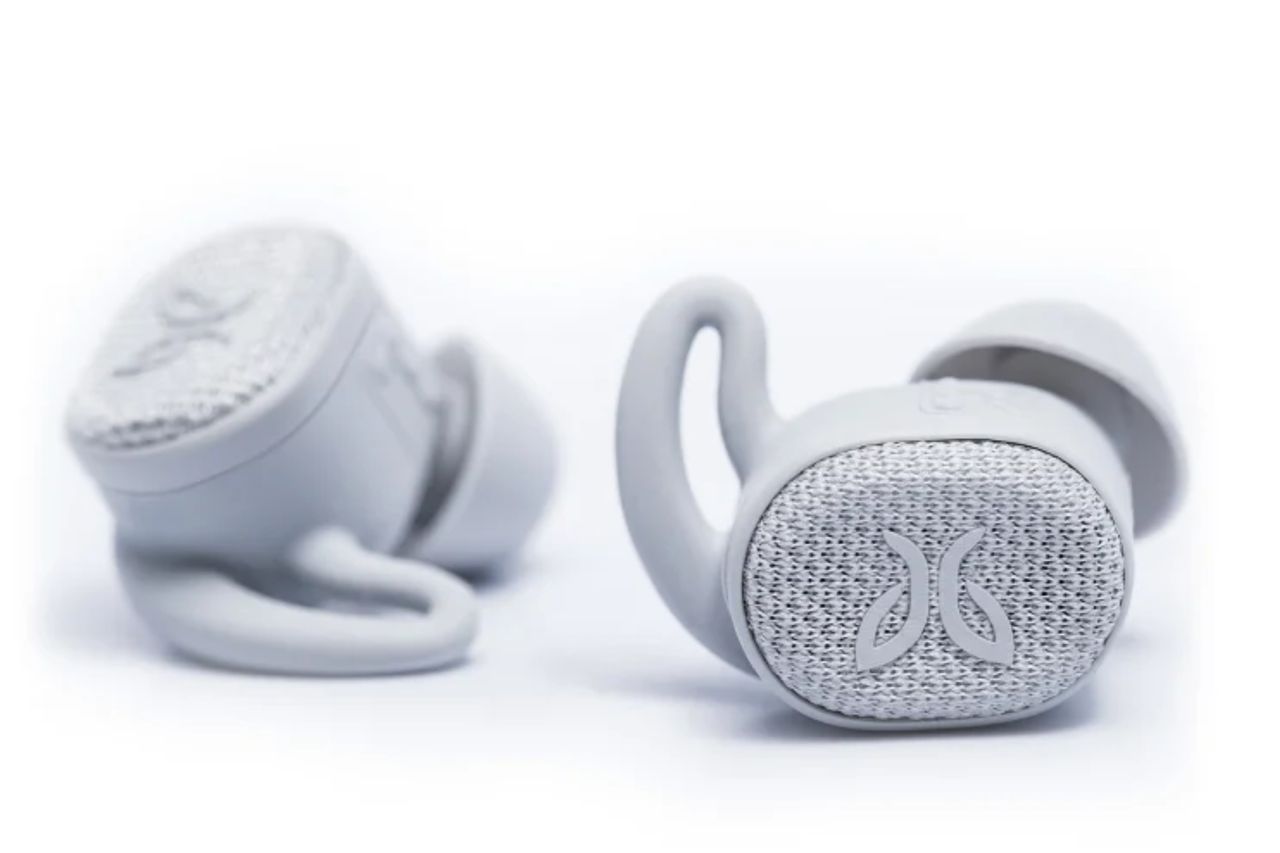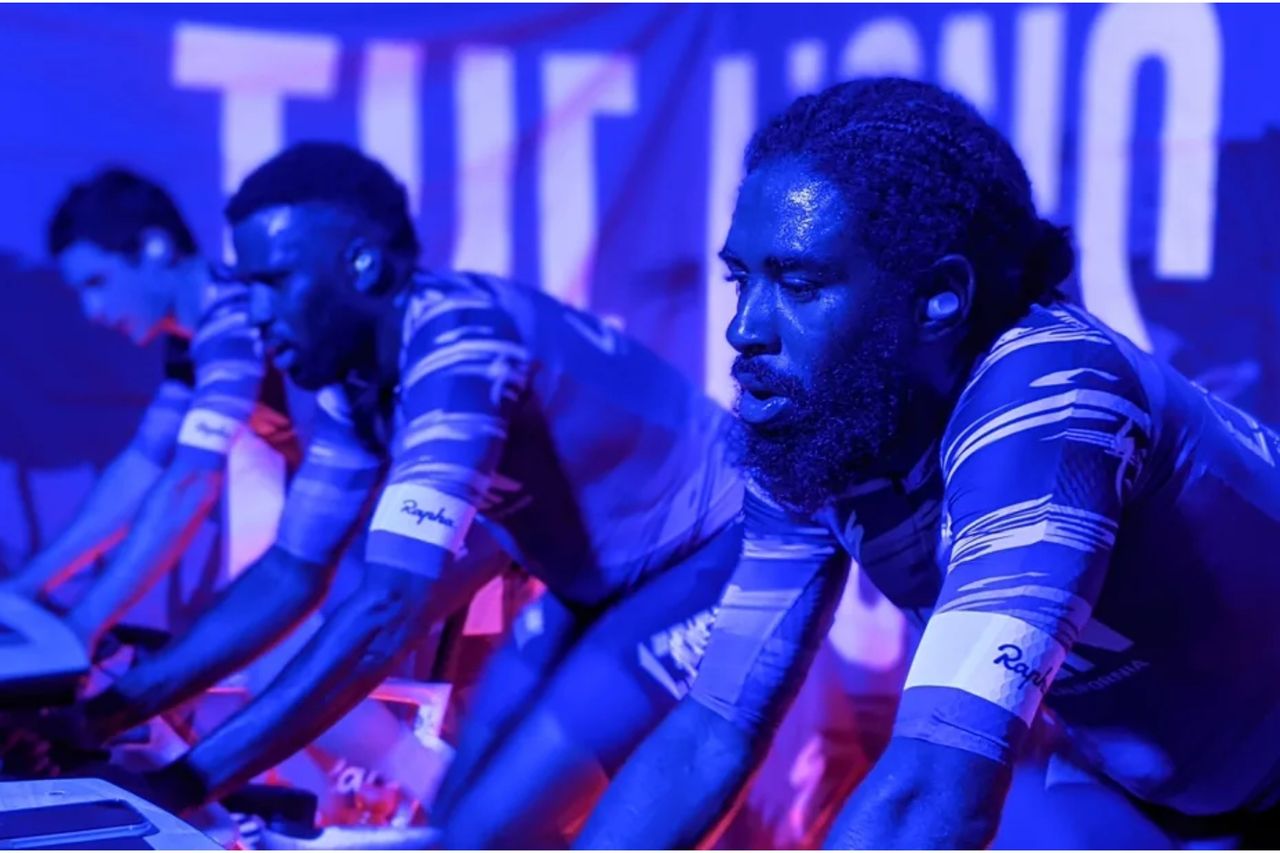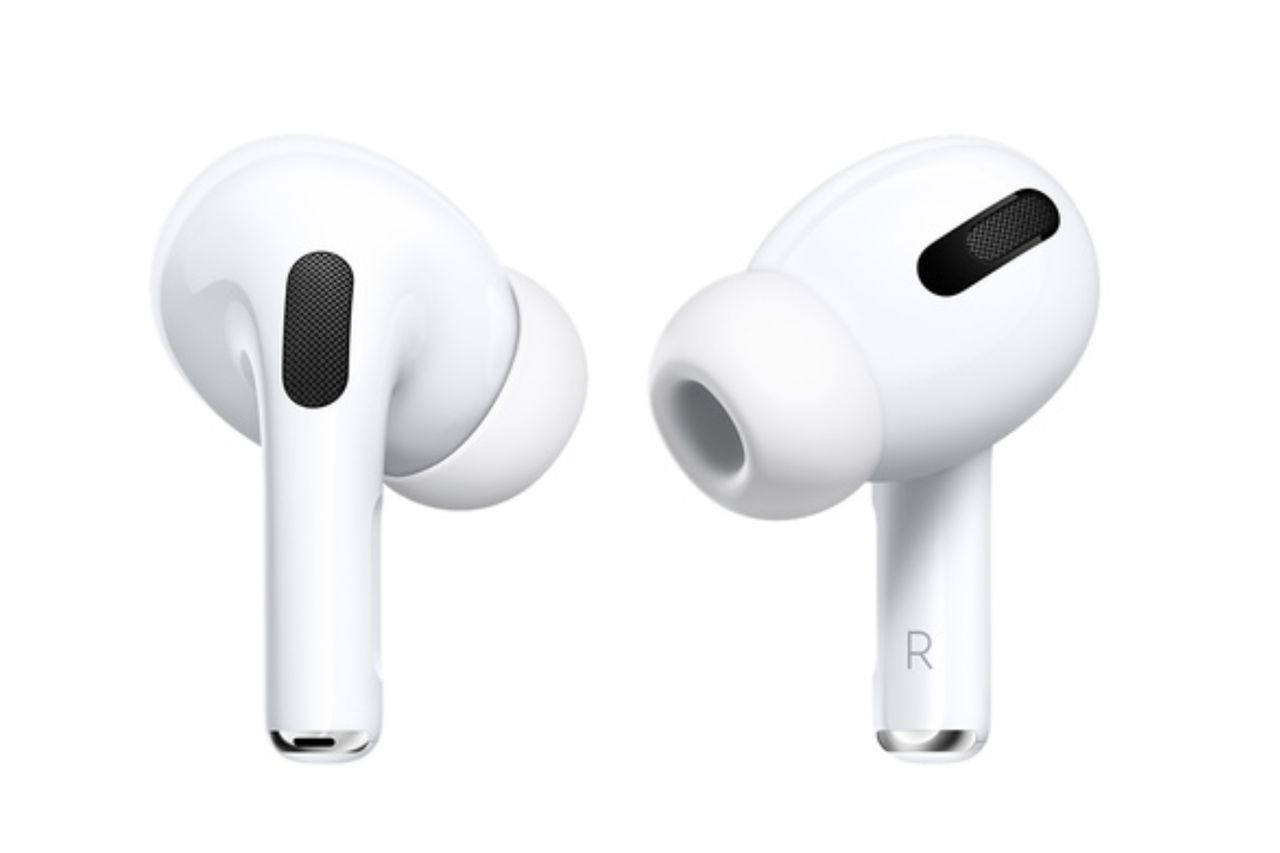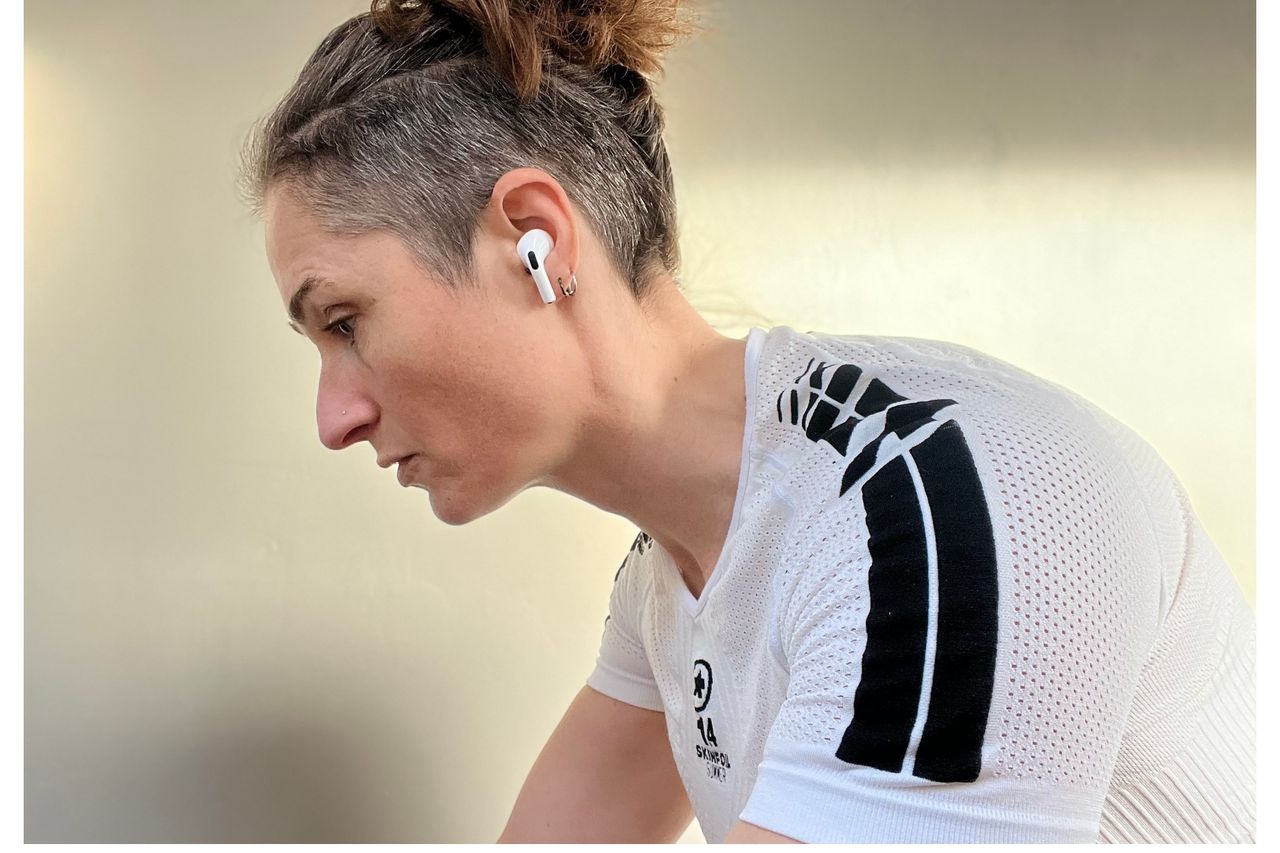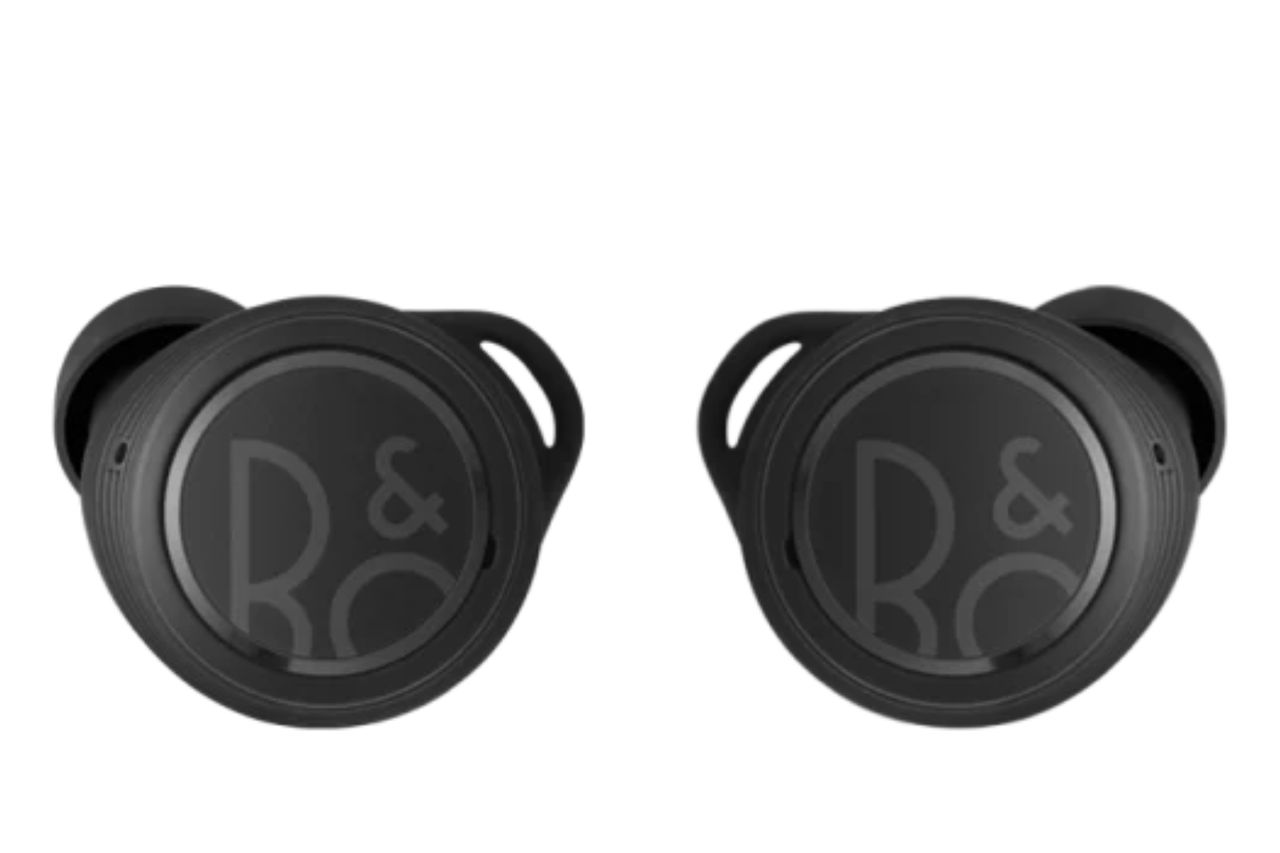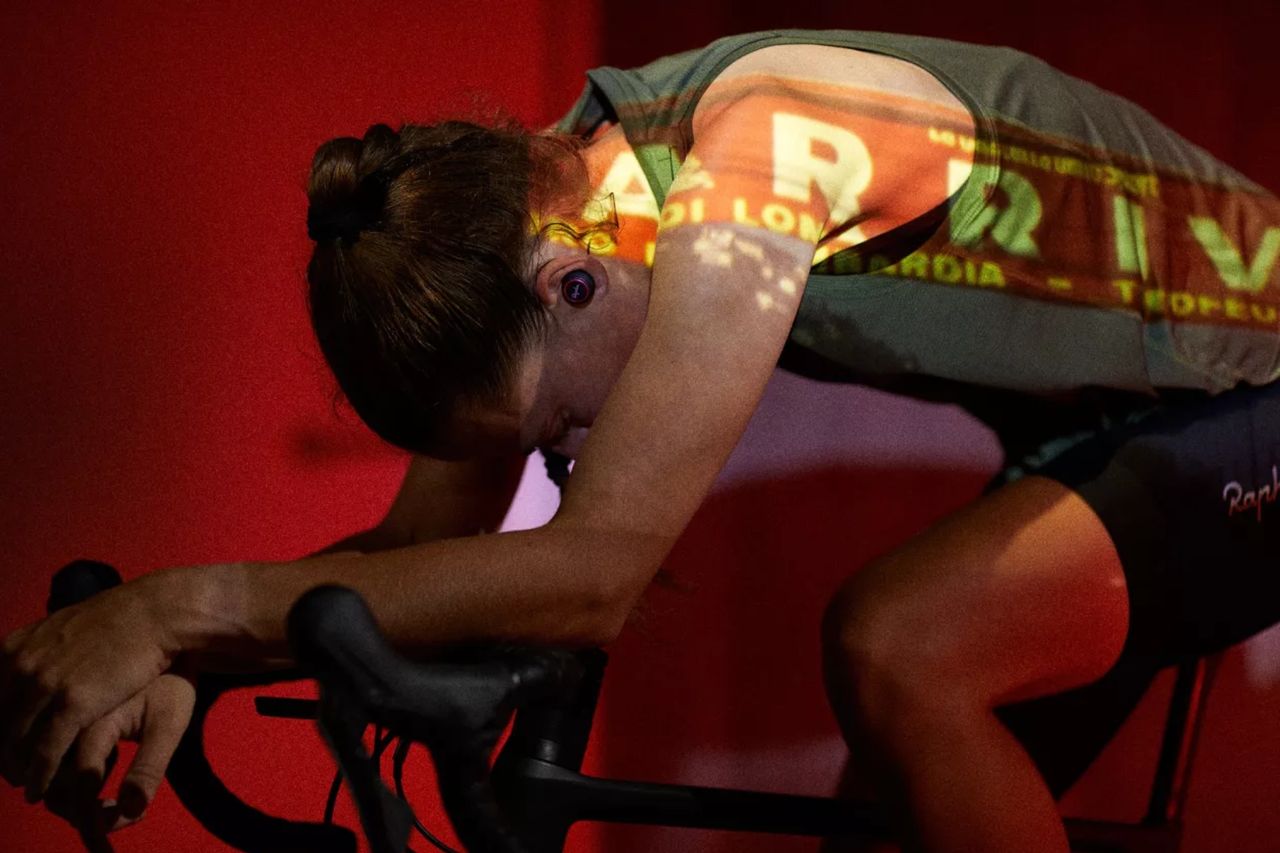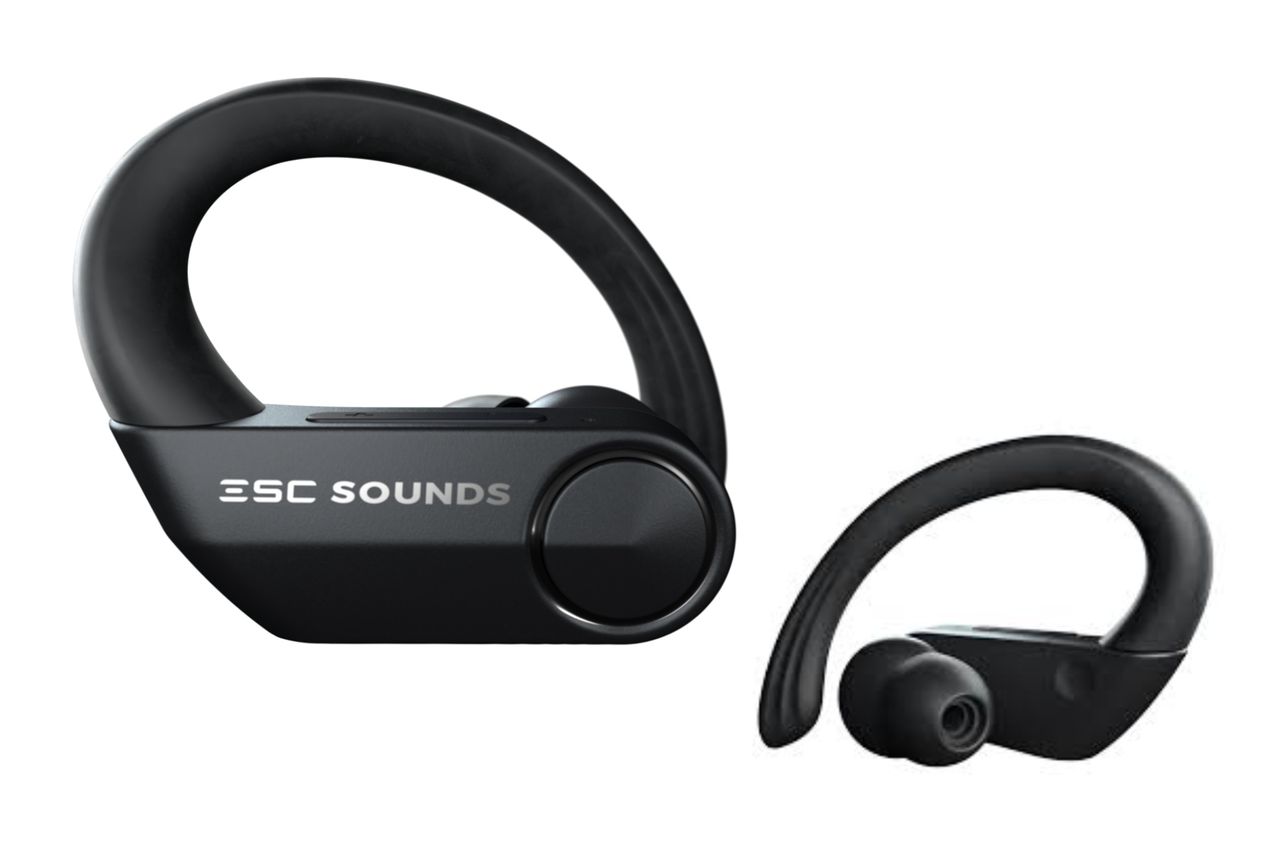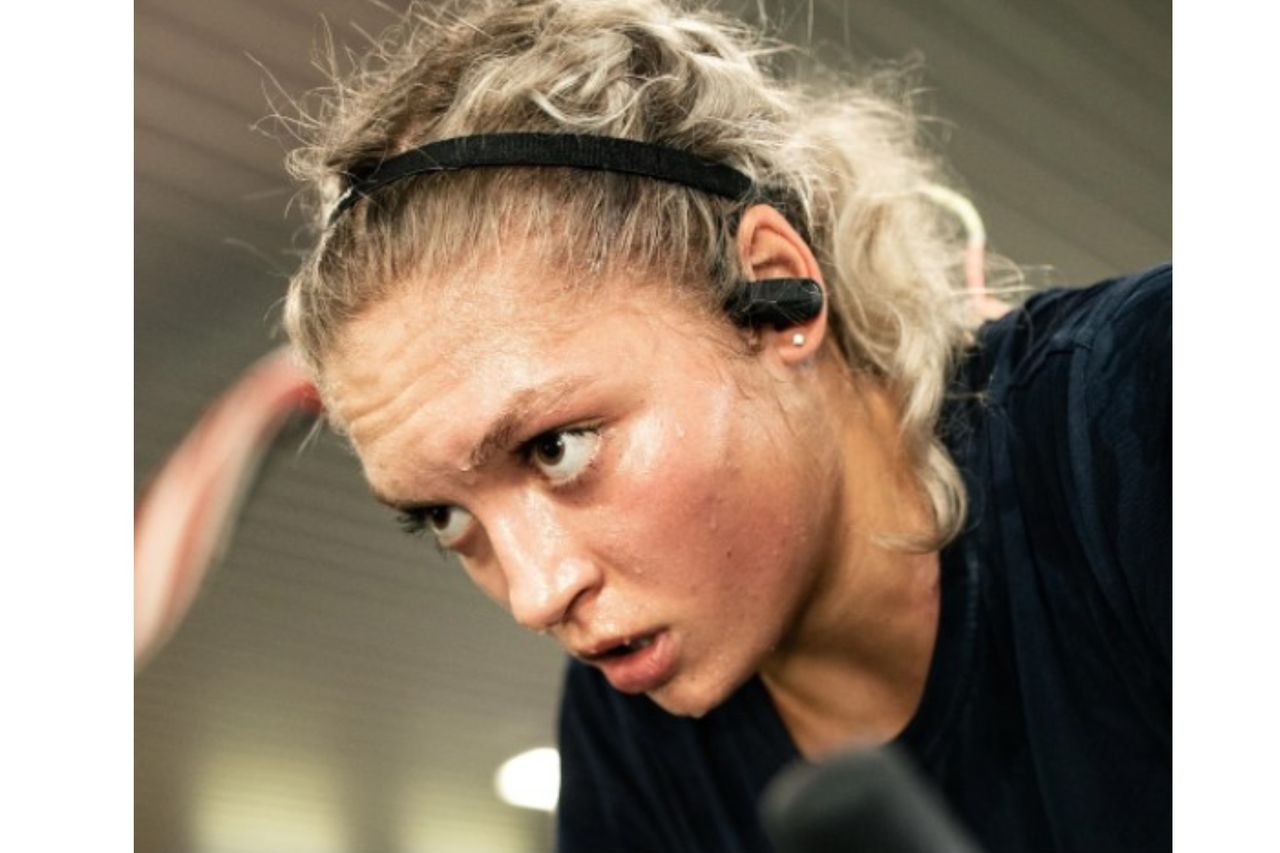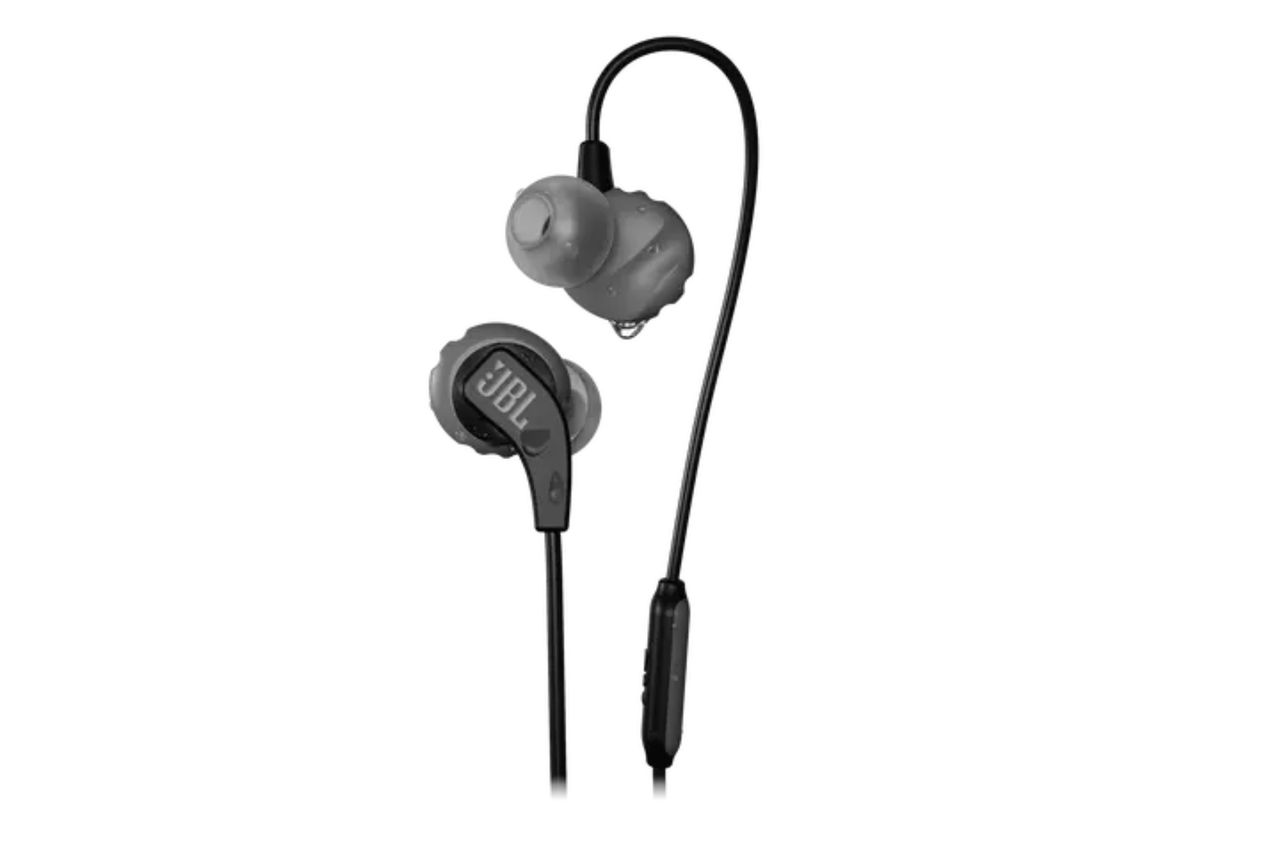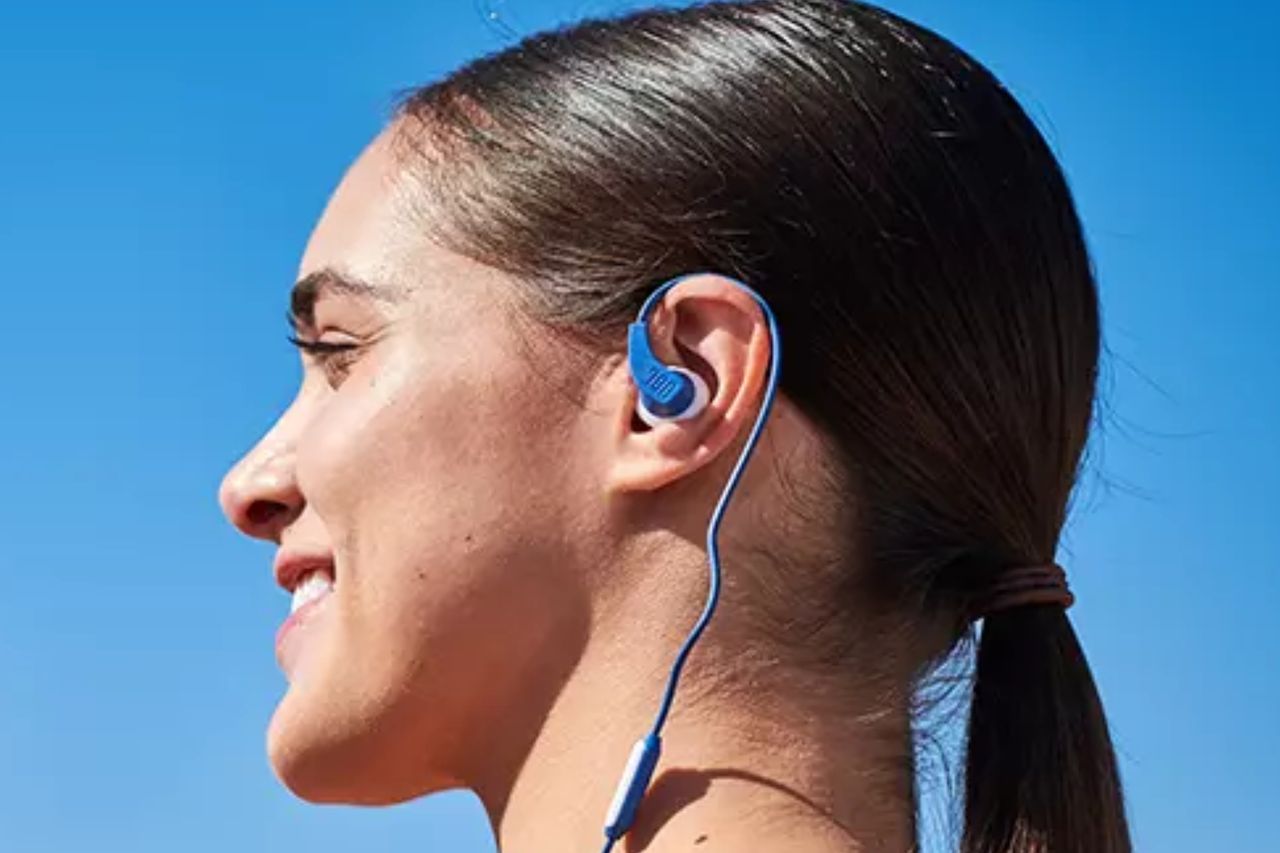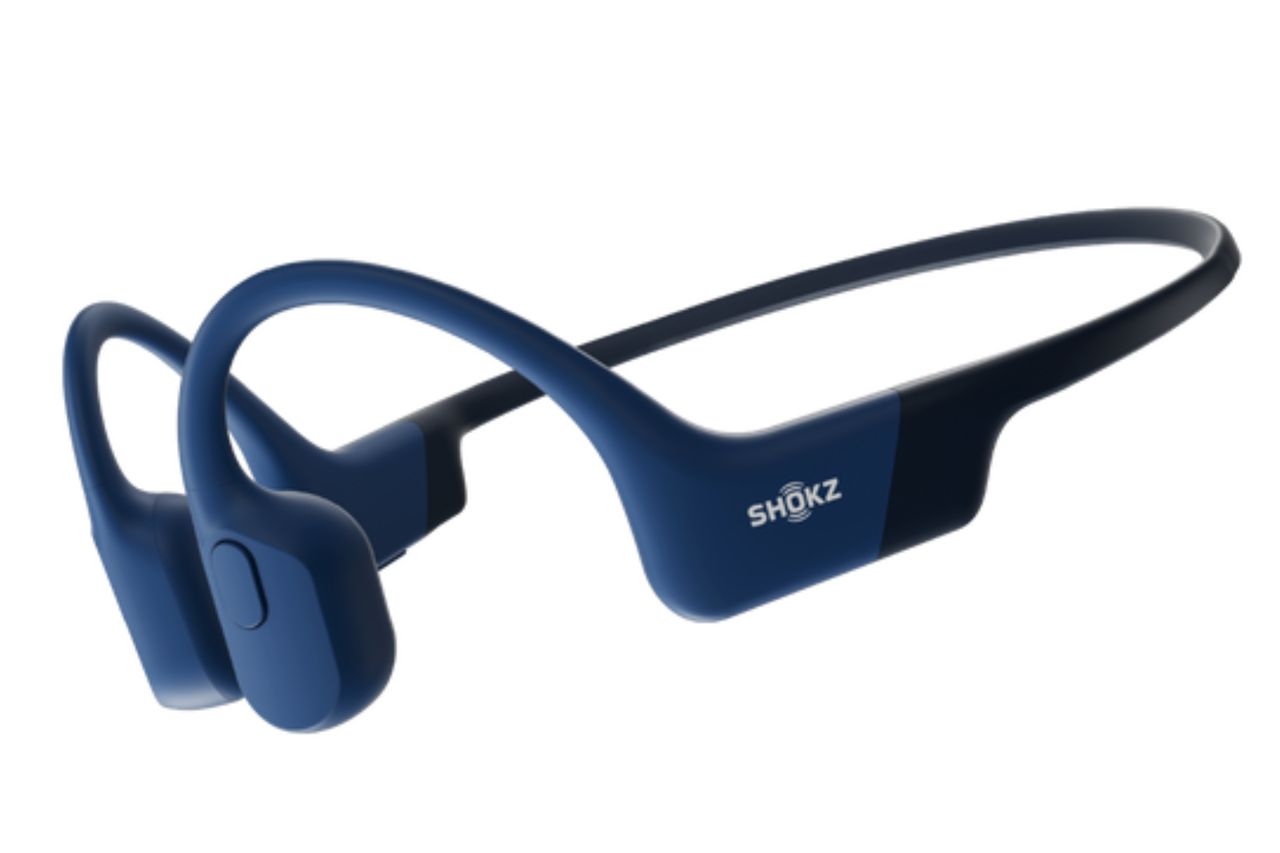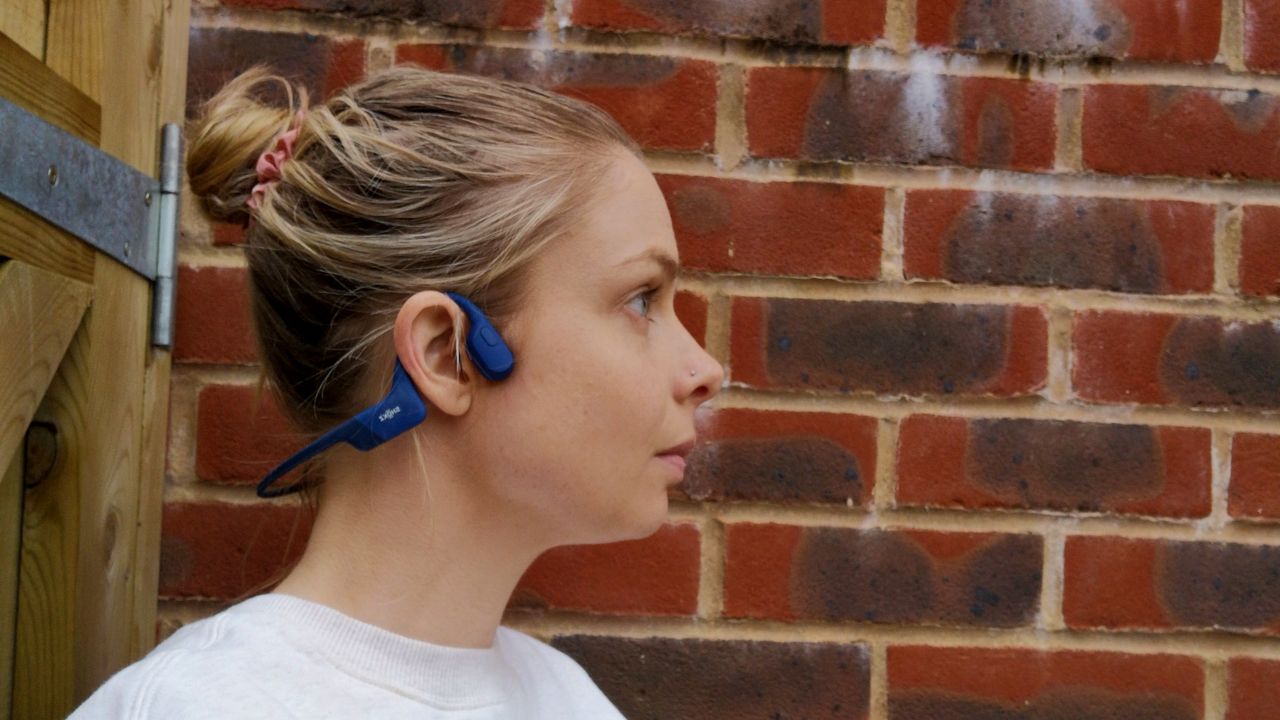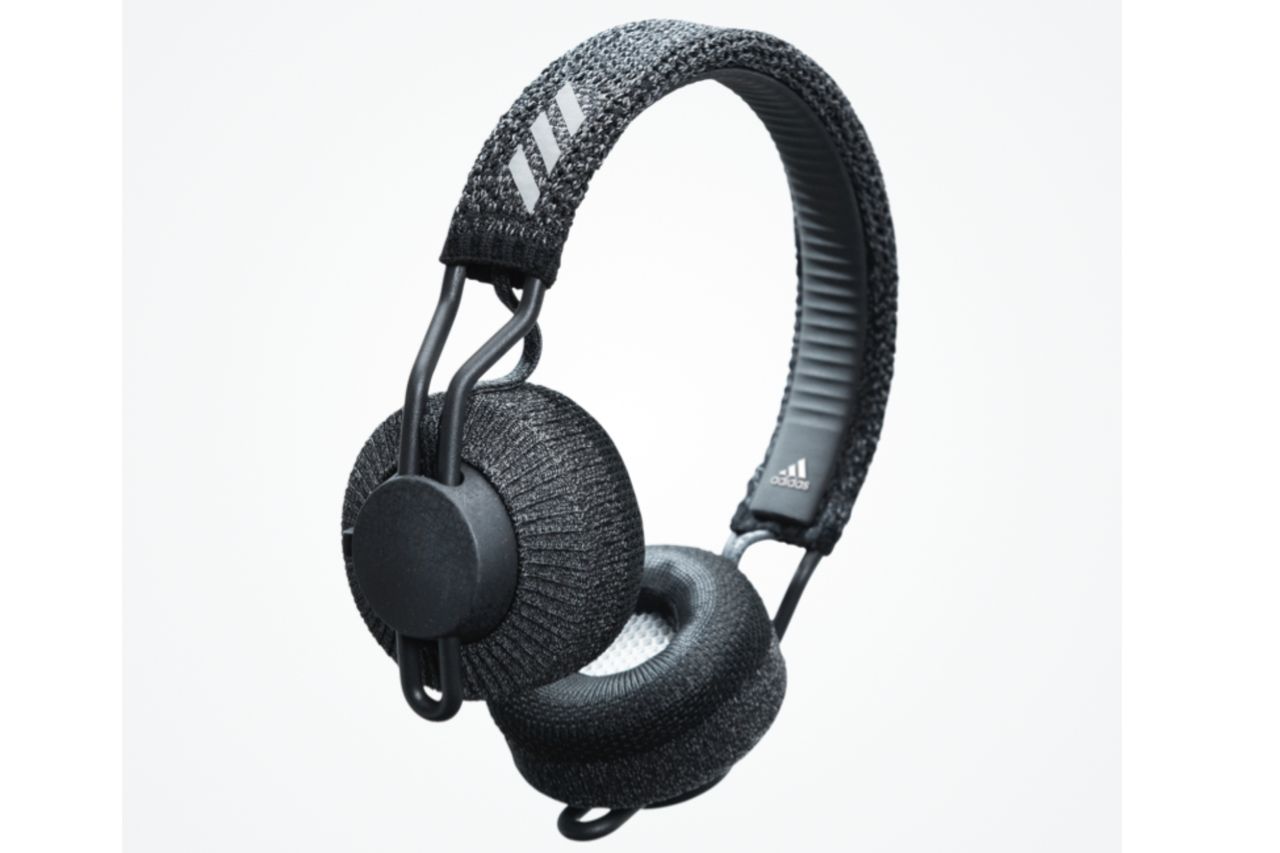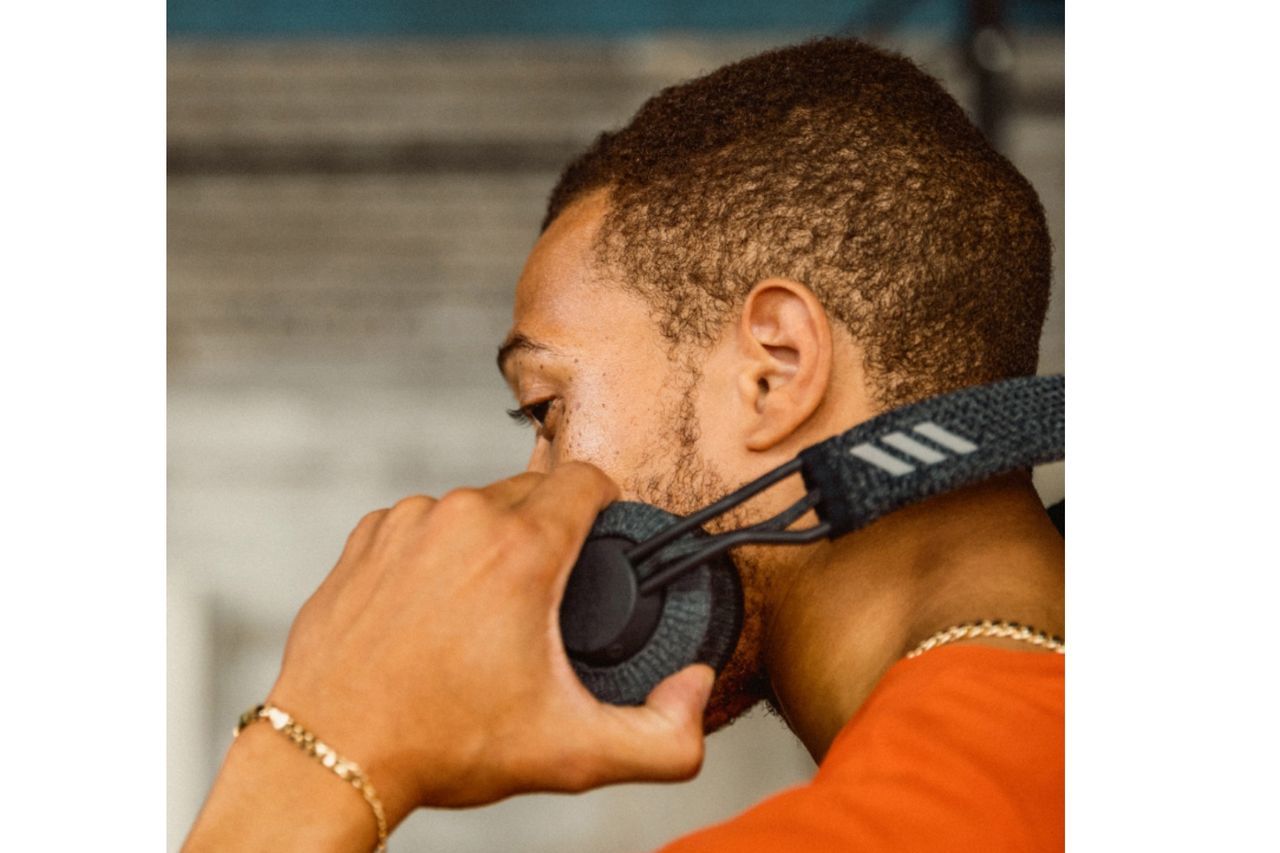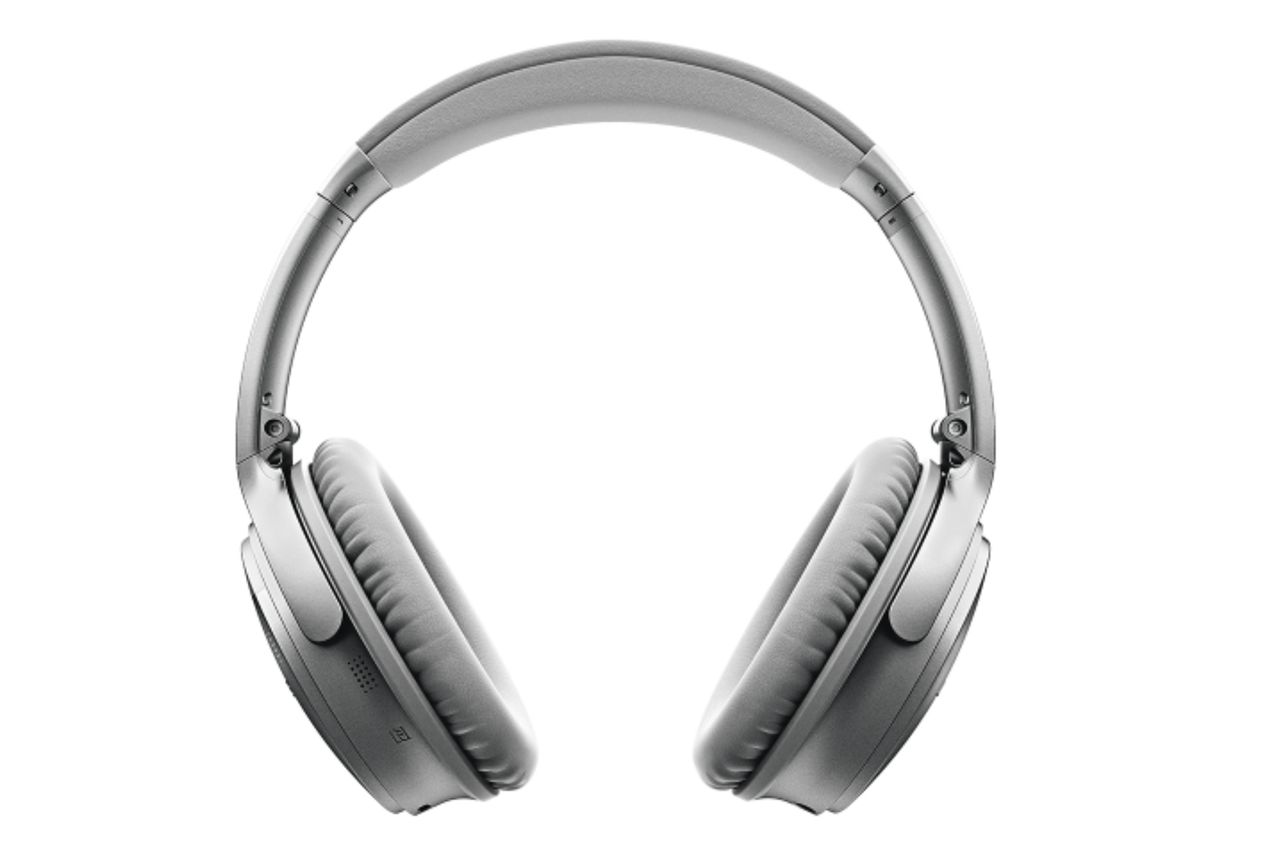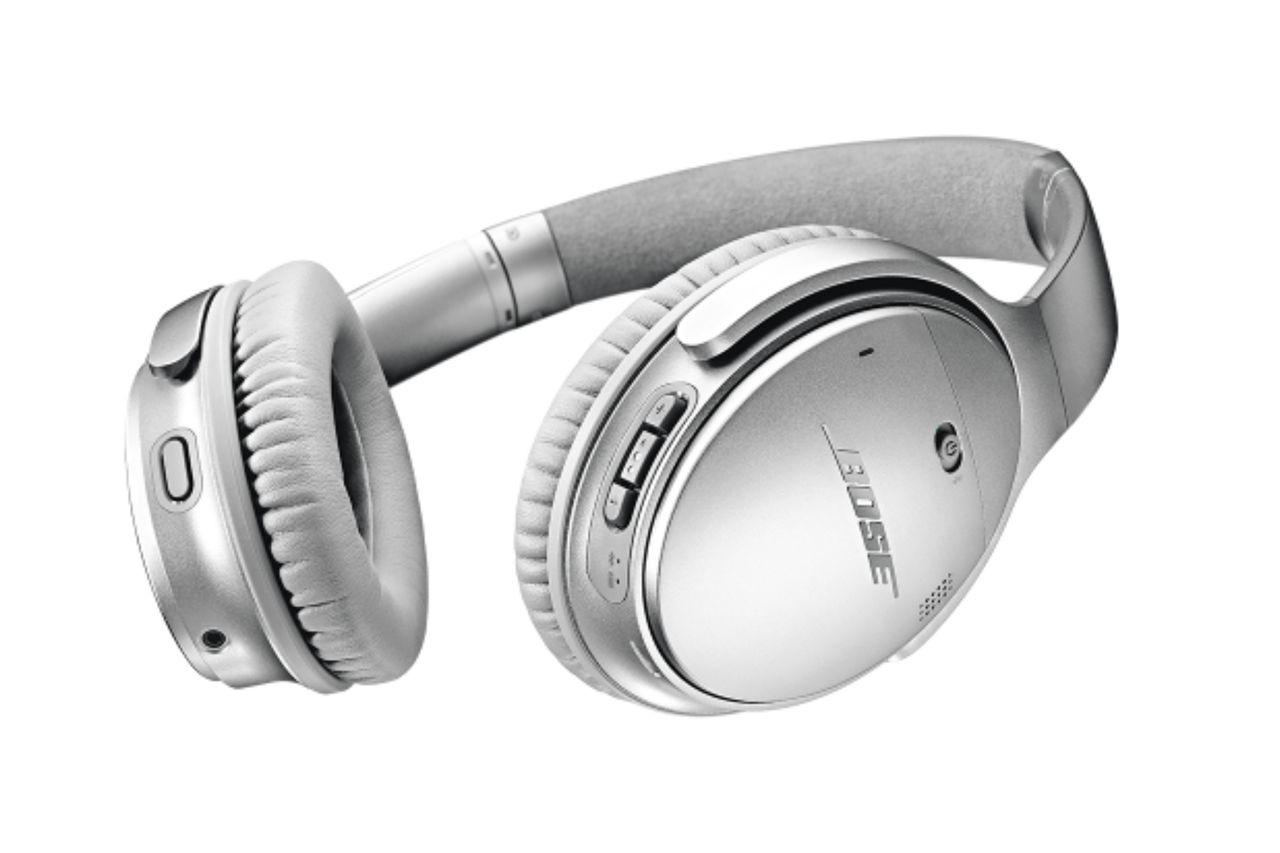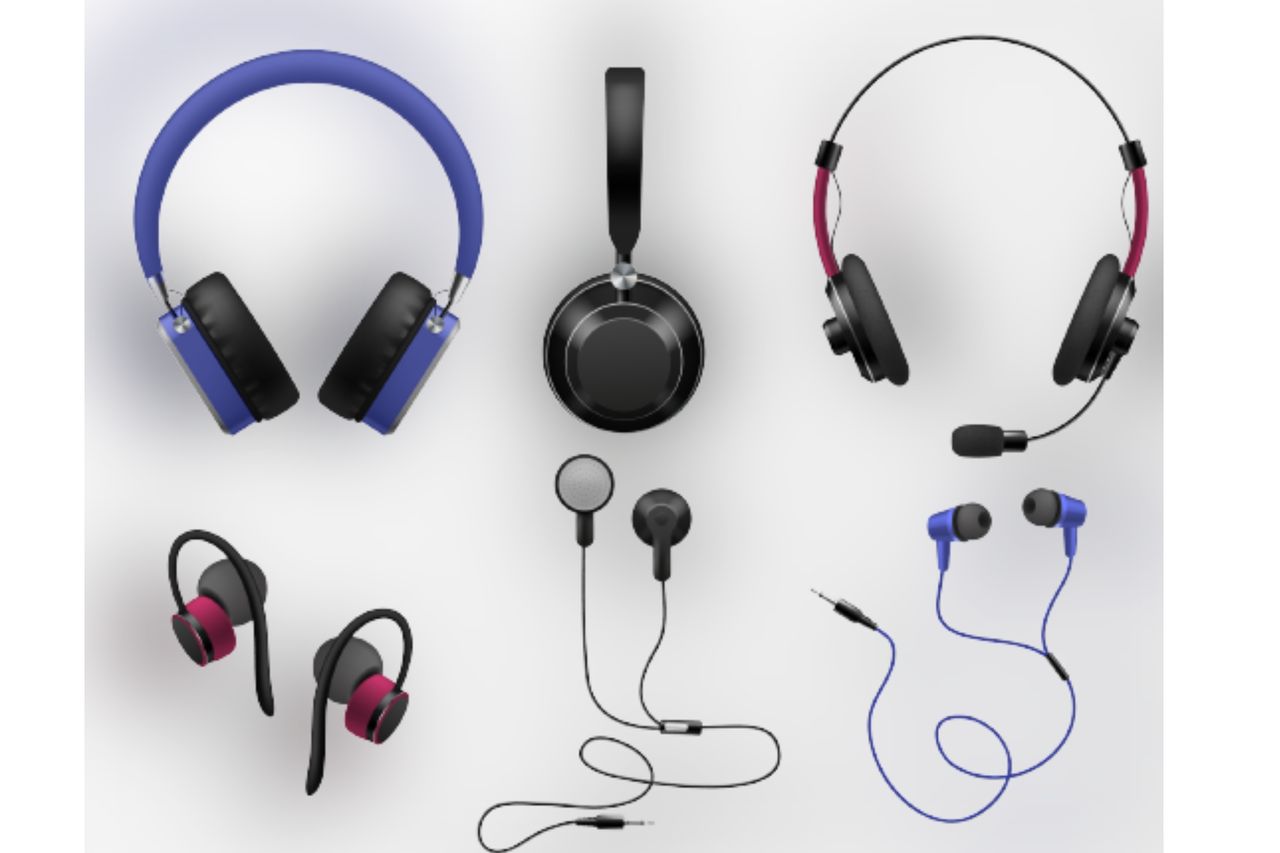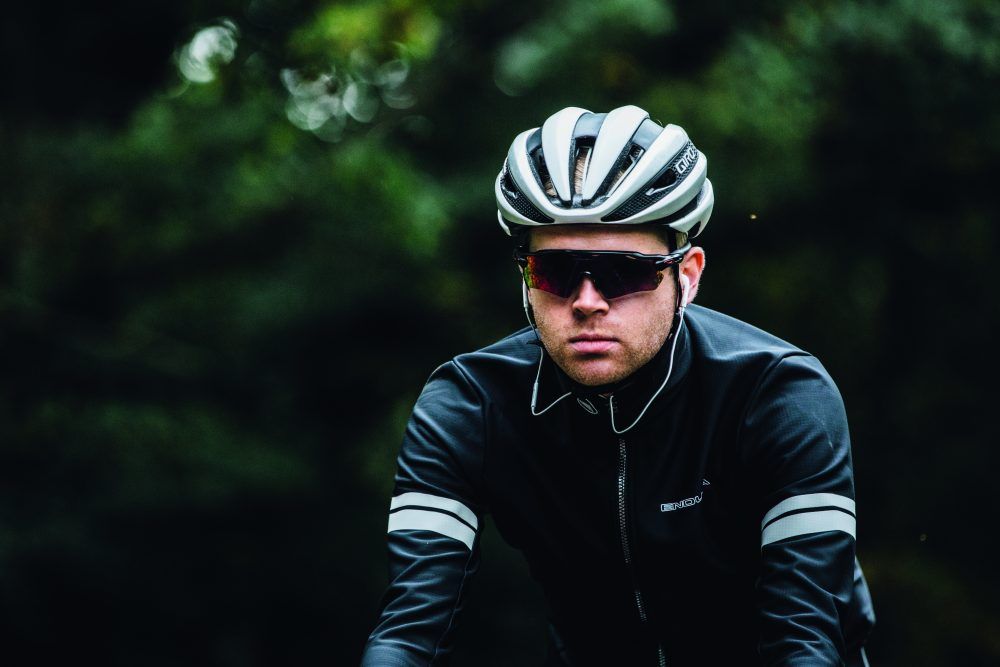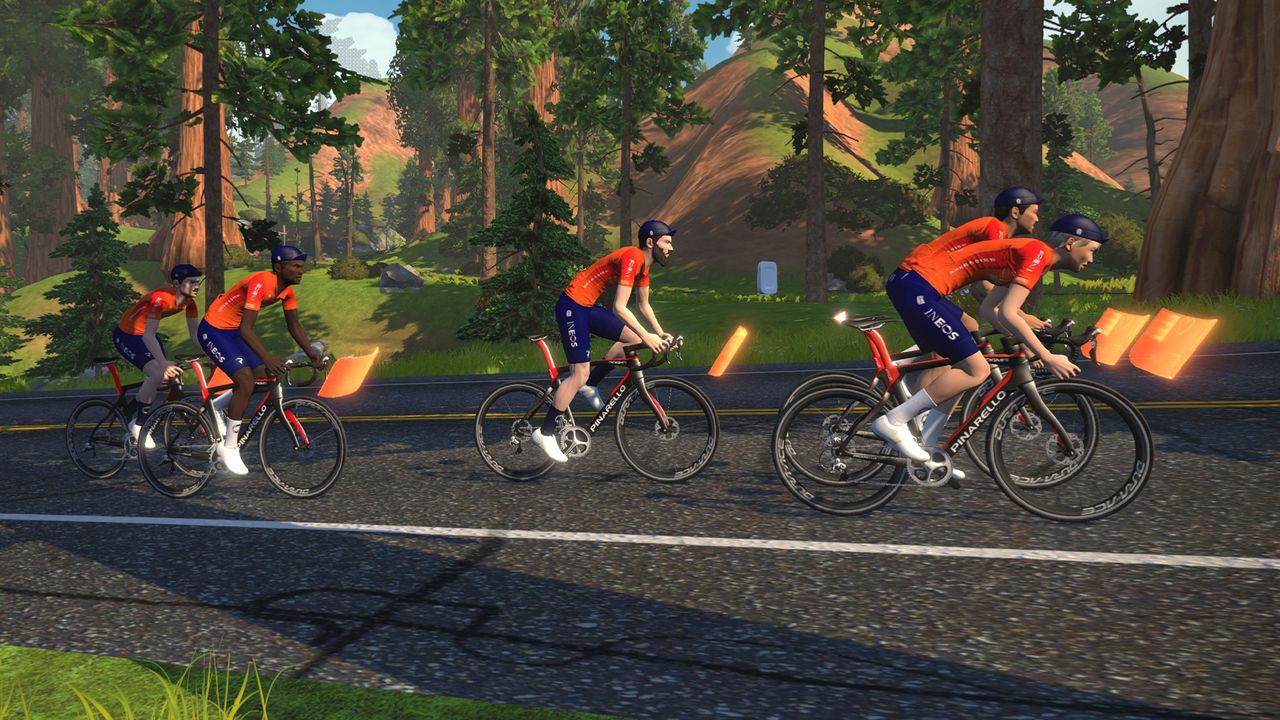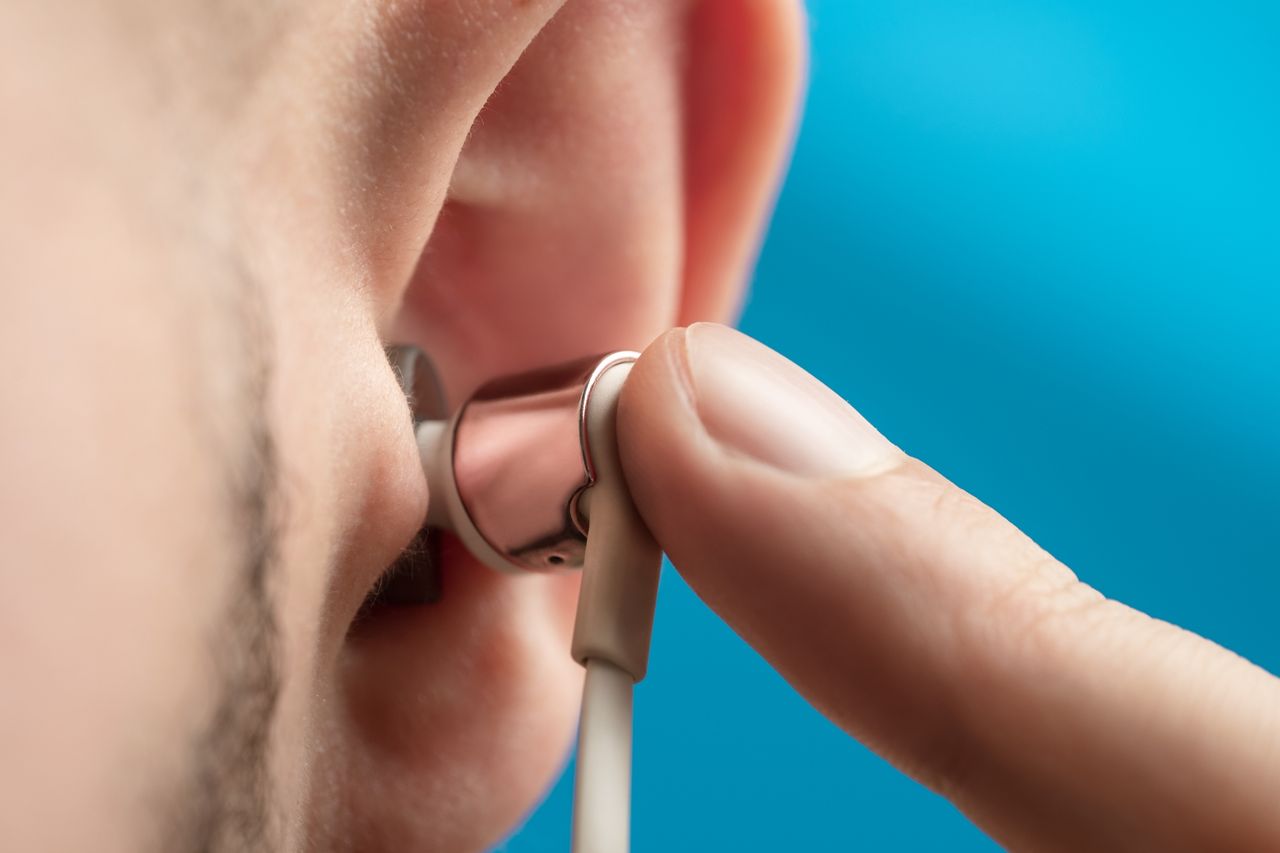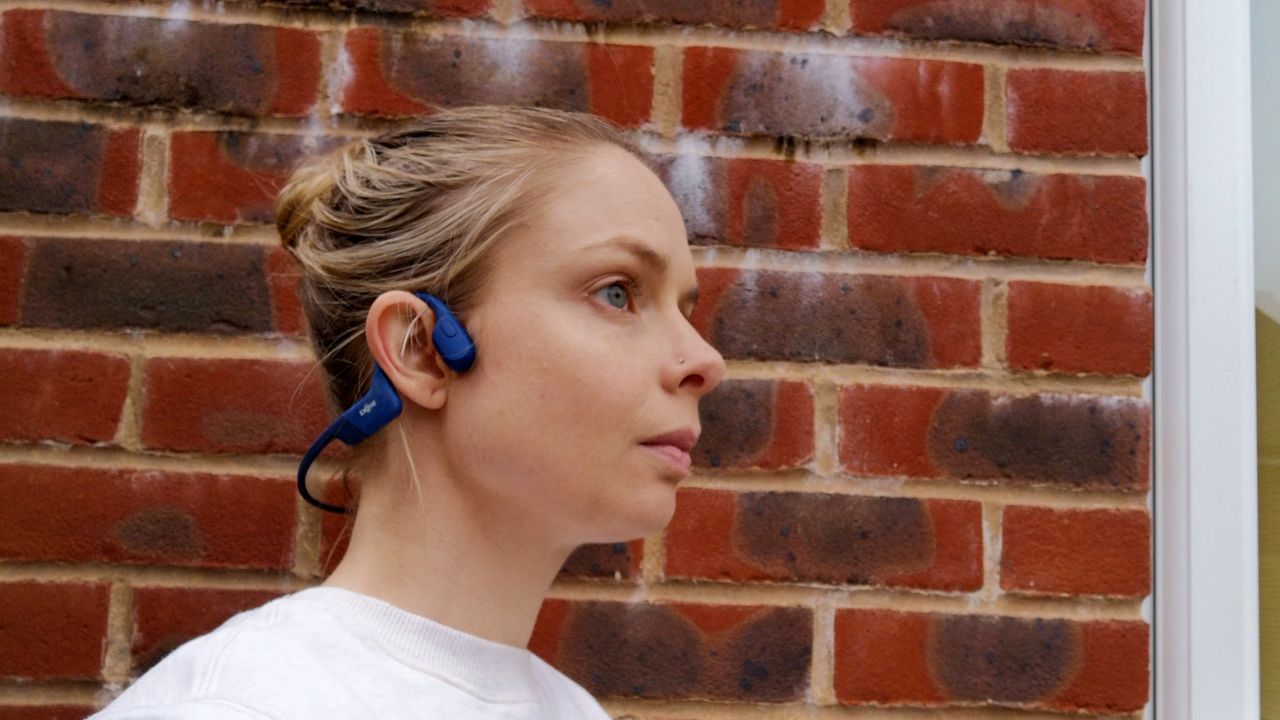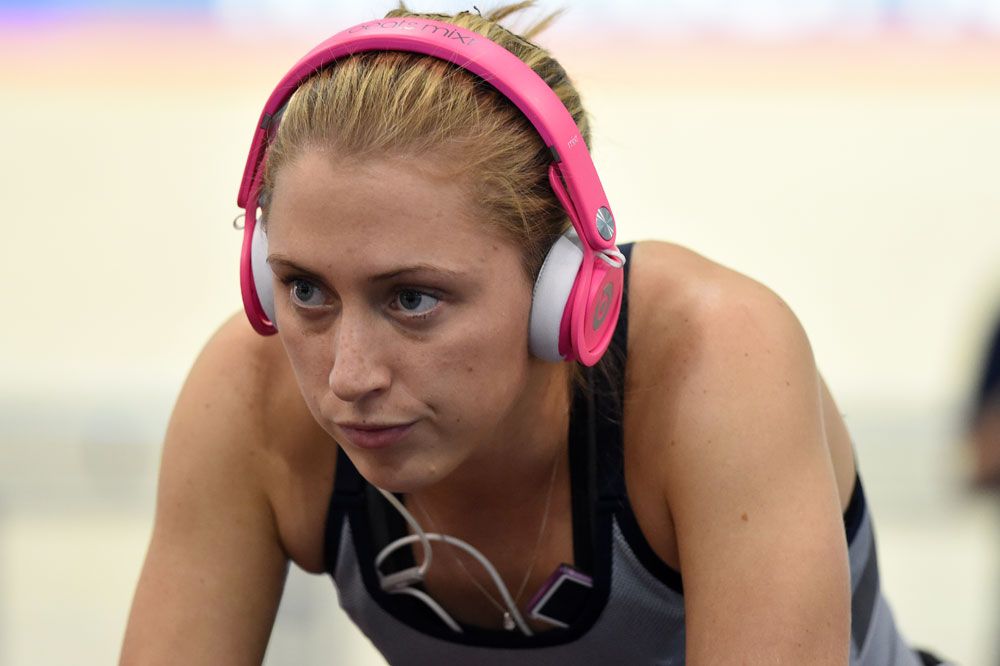From workout beats to race instructions, the best headphones for cycling have an important role to play in helping you get the most out of your bike ride.
From cabled to wireless, in-ear to bone-conducting technology, choosing a pair of ideal headphones for your riding is a complicated business.
There are pros and cons to each of the different styles. However there are some vital qualities that they must feature to become an ideal companion for life on two wheels.
As well as the obvious sound clarity requirements, the best headphones for cycling need to be sweat resistant and do a good job of staying put when you’re not.
The legalities of using headphones while cycling on the road vary from state to state and country to country, so this guide mostly focuses on indoor performance for when your riding one of the best indoor training apps, racing with a team on Zwift, or taking a class on one of the best exercise bikes.
This guide takes you through all you need to know when buying headphones for cycling, including the different designs, features, what to look for and even the law around riding outside with headphones.
We kick off with our recommendations on the best cycling headphones available to buy right now.
What are the best headphones for cyclists?
Picking just one standout pair of headphones for cycling is almost impossible as there are so many different design features which will appeal for different styles of riding.
In general we’ve found that if you can get them to fit, the bone conducting pair, Shokz OpenRun bone conduction headphones (formally Aftershokz) offer great rewards of clear transmission without sacrificing ambient sounds. These are probably the best headphones for cyclists nipping on line for a session once children are in bed/ elsewhere in the house, and they still need to keep, quite literally, an ear out. We’ve also used them outside and found good sound clarity as well as feeling safe and traffic aware.
For everyday use, owning a pair of wireless in-ear headphones, also known as ear buds, can be a game changer. With no tether to your device, you gain a significant amount of freedom of movement. Apple Airpods Pro lead the charge, but the market is awash with options now. From the masses however, the athlete focused Jaybird Vista 2 really stand out as offering some of the best headphones for cycling, not only with its sport fit, sweat and waterproofing, but also the ability to toggle between sound immersion, ambient sound amplification, as well as options in-between.
If sound immersion is your thing, but ‘in-ear’ isn’t, then ‘on-ear’ will be an ideal pair of headphones for cycling for you. If you have traditionally been put off by the thought of the heavy weight and keeping them clean, then the Adidas RPT-01 Sport On-Ear are ideal headphones for cycling as they feature stay-put ergonomics, sweat-proof and water-resistance design, with washable parts, built for sweaty workouts.
Best headphones for cycling: in-ear
Probably the most popular choice when it comes to headphones, the in-ear, also known as earbuds, offer the most portable and discreet fit. Great headphones for cyclists who have portability, ease of use and discrete listening at the top of their priority list.
Jaybird Vista 2 headphones
(Image credit: Jaybird)
Jaybird Vista 2 headphones
(Image credit: Jaybird)
There’s no denying the sporting prowess of the Jaybird brand. As sponsors of one of the most exciting and dynamic bike teams, L39ION, and USA professional bike rider Kate Courtney, as well as having a wealth of other professional brand athletes, its products are gaining plenty of traction within this competitive environment.
These are perfect headphones for cycling due to multiple compatible features. For us, highlights have to be the ergonomic design, which Jaybird and its athletes praise for in-ear comfort and their stay put capabilities. Both are non-negotiables in our book after experiences with other headphones of trying to ride hard and simultaneously trying to jab yourself in the ear to get a headphone to stay put, an issue that the Apple Airpods are still trying to nail (although the latest iterations are better).
The waterproof and sweat proof features are also vital to anyone who’s ever ridden for more than 10 minutes on a bike indoors. Having spent a small fortune on them in the first place, it would be disappointing, and very distracting mid-bike session to concern yourself with liquid ingress.
The biggest crowd pleaser however is Jaybird’s proprietary SurroundSense, which can either be active noise cancellation when you have to dial in to the effort, or active amplification of ambient noise for increased special awareness and safety. It’s a similar feature to the Apple Airpods Pro, and one that we rate highly. This is especially relevant if they will be getting a lot of use outside, if it’s legal to ride with headphones where you are based, or even at home when you need to either be immersed in sound, or have one ear out for a child.
The on-line platform allows you to perfect your headphone sound quality just for you, and, bluetooth wireless range of 10m/ 33ft means that you can be a reasonable distance away from your device, reducing the risk of sweat/ drop damage to expensive electronics.
The Jaybird platform also features a ‘Find my Buds’ feature should you have the misfortune of loosing one or both when you’re out and about, or by being so exhausted by your session, just not recalling where you left them. It’s another ‘must have’ feature for one of the most expensive sets in our best headphones for cycling buyers guide.
Compatible with both iOS and Android systems, you can make/ answer calls and dial in to Discord for team tactics when on-line racing, giving these great multi-application versatility.
Apple Airpods Pro
(Image credit: Apple / Future)
Apple Airpods Pro
(Image credit: Apple / Future)
Apple Airpods are to headphones what Garmin is to bike computers. The brand’s white dots are so synonymous with wireless in-ear headphones that we seem to have coined the term earpod for reference of all.
The latest iterations of the Airpods Pro are stacked high with features and capabilities, although it’s worth pointing out from the outset that you do need a compatible Apple device in order to take full advantage of them.
Much like the Jaybird Vista 2, these are among the best cycling headphones for riders who need the option of quickly and easily switching between total sound immersion and active ambient hearing. It’s a great feature if you are either out on the road (where it’s legal to do so), or like us, training at home when you need to switch between listening out for small children, or not wanting to hear them.
The batteries have a decent play time of between four or five hours, with just five minutes in their charging case providing a impressive hour of listening or talking time. Other neat features about the charge case include the smart charge feature, which detects listening habits and only charges to 100{fe463f59fb70c5c01486843be1d66c13e664ed3ae921464fa884afebcc0ffe6c} when you need to use them to optimise battery life. The fact that they are Magsafe and wireless charge is also incredibly helpful.
The ability to swap silicone tips helps to get the sizing and comfort right, although these won’t be right for everyone and will need a poke back in occasionally when really going for the burn in a high intensity training session.
The sweat and water resistance should provide ample protection for even the sweatiest of rides. However I would err on the side of caution if heading out in a down pour, especially given the cost of a having to buy a replacement pair.
These are a great option for anyone also looking for ‘do it all’ headphones, as their connectivity, voice recognition, Siri compatibility, and EQ adaptivity are all highly desirable features. You just need to be sure you really want them as, arguably quite rightly, you have to pay for them.
Bang & Olufsen Beoplay E8 Sport headphones
(Image credit: Bang & Olufsen)
Bang & Olufsen Beoplay E8 Sport headphones
(Image credit: Bang & Olufsen)
If sound quality is your priority, then Bang & Olufsen will be a familiar brand to you, having established itself as an industry expert in premium performance. It’s no wonder that Rapha engaged its services in a collaboration with the aim of securing the best, and potentially most exclusive headphones for cycling.
While the Rapha version of Bang & Olufsen Beoplay E8 Sport headphones are no longer an option, the regular version is. The only real difference is the loss of the cycling branding, although unfortunately, this doesn’t equate to a price drop as these are still staggeringly expensive.
But with the B&O (Bang & Olufsen) reputation, you can be assured that your hard earned pennies are going towards the gold standard of sound quality, which, thanks to the Beosonic app, can be tuned exclusively for your ears.
The high water and sweat proofing does give these a green card for using both in and outside on your bike (as long as it is legal to do so where you’re riding). If you do opt for using them on the open road, you can also switch on the transparency hearing mode for ambient sound amplification. If you are looking for a bit of internalisation on the other hand, it’s worth noting that, as yet, these don’t come with a noise cancellation feature.
Bluetooth enabled, these are compatible with most smart phones and devices with a 10-meter range, with all control options, such as volume, track forward/back, call answering etc, via a series of headphone taps.
The charge case is a little large, making popping in a pocket not as easy as others, but it’s great to see it can be both wired or wirelessly charged.
In short, a premium option for in-ear headphones, clearly built with cycling in mind.
ESC Sounds headphones
(Image credit: ESG Sounds )
ESC Sounds headphones
(Image credit: ESG Sounds )
The ESC Sounds are one of the best headphones for cycling if you are a dynamic rider, or indeed a multisport player. Designed as a cross between in-ear and on-ear, the Series 3 headphones are considered the ‘stay put earbuds’ and have become a firm favourite of functional fitness and power lifting athletes for their reputation of comfort and security of fit.
The in-ear bud is teamed with a round ear loop, of which multiple sizes are provided for an exacting fit, which is said to hold the headphones in place no matter how much movement is undertaken. Teaming this with the brand’s noise cancellation feature is akin to holding your standard earbuds in your ears with a couple of fingers for that complete surround sound experience.
The super high water and sweat proof rating is the same as the Bang & Olufsen Beoplay E8 Sport headphones, so capable of being submerged up to one meter in water for 30 minutes.
We’re yet to hear their sound performance, but unlike many of the other headphone options, there’s no pairing app. This means no tuning of sound for personal perfection, or ability to see exactly how much charge is left, so there is a little guess work in remembering how much battery life you have.
However, if you can do away with the finesse, you do get significantly cheaper headphones. And ones that claim to stay put even when you’re upside down, no less. If keeping a headphone in your ear is your priority then these are the ones for you.
JBL Endurance Run headphones
(Image credit: JBL)
JBL Endurance Run headphones
(Image credit: JBL)
We’re big fans of both JBL and wired headphones in our household. So to find that the two are combined in the JBL Endurance Run headphones gets the seal of approval from us.
We’ve been using a pair of wireless on-ear headphones, specifically the kids JBL JR300BT, which give excellent sound quality, performance, and durability, without the overwhelming high volume. Having given these a reasonably hard life over the past few years, which takes into account a lot of lockdown use, they are still just as good as ever.
The JBL Endurance Run tick our ‘must have’ boxes, largely due to their simplicity. We find that the best headphones for cycling are simply ones that work, every time, without fail with zero faff/ pairing/ low battery etc.
They have been designed specifically with dynamic sports in mind. We always figure if they’re good enough for running, then cycling (as long as there is no helmet interference if using outside) should also be catered for.
The over-ear design is similar to that of the ESC Sound headphones, which should give them added stay put security, while the sweat/ waterproof rating is an impressive IPX5, a level above the Apple Airpod Pro headphones.
There are some wireless crossover features to be benefited from, such as the remote sound control, and hands free call service which is a nice touch when you have your phone or device tucked out of the way thanks to the lengthy 120cm cable. However, no amount of cabling will give you that freedom that wireless will, but thanks to a magnet in the headphones, they should roll away neatly and reduce the risk of tangles.
Best headphones for cycling: bone conducting
Without getting too scientific, bone conducting headphones pass vibrations through your jawbone/top of your cheek bones to transmit sound, rather than via air moving the hairs on your eardrum, before reaching your cochlea. The end result of hearing noise is exactly the same, but benefits of using bone to pass the vibrations along mean, not only does your ear canal and drum remain untouched, but you also have much more situational/ambient hearing.
At present this is an intentionally small category as we only feel happy recommending one brand of bone conducting headphones. As soon as we have more reviews of highly rated headphones for cycling we’ll be sharing here.
Shokz OpenRun bone conduction headphones
(Image credit: Shockz)
Shokz OpenRun bone conduction headphones
(Image credit: Shockz)
Having tested a couple of pairs of the Shokz (formally known as AfterShokz) we’ve been pretty sold on the concept of bone conducting headphones. Having given the Shokz OpenMove headphones a long term shakedown, we found that despite the naming convention, the Shokz OpenRun are in fact a pair of the best headphones for cycling.
When on they felt super lightweight and even dynamic movement was uninhibited. We only needed to faff with the fit/ position during a ‘lay down’ core workout off the bike, so a great plus point for anyone with small ears who usually have to poke their earbuds back in.
There is no noise cancellation feature on the Shokz, allowing for constant spatial awareness. This makes them a great option for anyone needing to keep an ear out for traffic, or those who want to be able to hear at home while training. But it’s also something to consider if you’re looking for total sound immersion.
Any concerns about the audio quality is unfounded. We found the sound to be constantly sufficient, with minimal leakage to the outside world, although a slight stutter on the Bluetooth connection was sometimes noticeable.
The only real gripe is the lack of feedback from the headphones on power performance, which on something like the Apple AirPods Pro is a given, meaning that your unlikely to be caught short without a charge. However, if you did forget to switch these off, the 10 minute quick charge will give you an hour and half of play time. However, as with the Adidas PRT-01, after considering the wireless charge options of the Jaybird Vista 2, Bang & Olufsen Beoplay E8 Sport headphones and Apple Airpod Pos, any cable connection feels dated.
Best headphones for cycling: on-ear
Adidas RTP-01 headphones
(Image credit: Adidas )
Adidas RTP-01 headphones
(Image credit: Adidas )
If you’re the kind of person who loves to hit every session hard and not get distracted by anything other than a dirty big wall of sound, then the Adidas RPT-01 are the best headphones for cyclists like you.
In all reviews, they receive rave reviews for play time battery life length and their impressive capabilities to be able to deal with a hard life, such as getting shoved in a kit bag, rolled around without protection, and still be ready for your next session with more than enough battery life.
The down side of this exceptionally long time span between charges, is that one day you will eventually run out – and knowing my luck it would be in the middle of a heavy lift with a very chatty gym goer next to me. They are easily charged by a USB cable, but again, as with the Shokz OpenRun, after earbud wireless charging, any cables feel like old news.
This eventual charge timeout requirement of the Adidas RTP-01 is a good point to whip the headband and ear cushions off the headphones for a wash – a very important hygienic feature for any cyclist.
The other big deal that every user of these headphones has enjoyed is the quality of the ‘big’ noise. We’re yet to personally discover if others in close vicinity are also able to enjoy this noise, but as someone who needs to dial in to a baseline* for a interval set or heavy lift, this is proverbial music to my ears.
(*other music categories are available to train to, but the general consensus is that mid-sound or sound complexity is somewhat sacrificed for the phat beats, so suspect thrash metal as opposed to classical would be a better fit.)
Controlling sound on the headphones seems simple thanks to an on ear button, which also allows you to answer calls, activate voice control (when paired with compatible Bluetooth device) and move playlists along/ back. One missing point however is any amplification or noise cancelling feature. It means the removal of a headphone to hear a child from another room, so not ideal for anyone training at home who needs to keep an ear out, or if you choose to use outside, hearing any other ambient sounds.
BOSE QC352
(Image credit: BOSE )
BOSE QC352
(Image credit: BOSE )
When it comes to setting the tone, you could argue that placing a pair of the BOSE QC35 headphones on does it very nicely. They are without doubt the headphone equivalent of a closed door with a sign saying ‘Do Not Enter’.
They are considered by many as the gold standard of noise cancellation and sound isolation, making them a favourite for riders wanting to warm up without external distractions.
The built-in mic does allow for voice communication, although, unless you are using these as a Zwift racing DS over a Discord channel (which you can find out more about on our feature titled ‘so you want to join a virtual race team’) the chances are you’ll get the most use for the connectivity to endless playlists via the optimised Alexa or Google Play feature.
These really are designed for total sound immersion and zone focus, with even minor details such as the Bluetooth pairing/ unpairing being automatic. The 15 minute fast charge option also prevents getting caught short without enough battery life too.
The down side is the obvious size. For anyone looking for a neat portable option, these ain’t it. The lack of sweat/water proofing means they are zone dialling warm up options only, too. The price will make these a very considered purchase for most, however if you want complete focus, these are absolutely perfect.
What are the best headphones for cycling?
(Image credit: Getty)
What earphones are best for cycling?
How do you know if in-ear, on-ear or bone conducting is the best for you?
There are significant differences between all the styles for headphones. In order to narrow down what will work best for you, it requires some drilling down to find your priorities.
If the main focus of their intended use is racing or riding with team mates or friends on-line, then having crystal clear sound quality, no sound time lag, and the all important on board mic will be top of your check list for headphones.
If you intend on riding out and about using headphones (more on that below) then having constant spatial awareness by transparent sound, or the ability to amplify ambient sound will be the most important feature for you.
On the other hand, if you’re the kind of rider who wants to dial out external noise, focus on the race ahead, dial in to the zone in the gym, then noise cancellation will be top of the list for you.
Is it legal to ride with headphones?
(Image credit: Future)
Is it legal to wear headphones on a bike?
What are the rules and regulations when it comes to riding with headphones?
The laws around riding with headphones are quite murky and confusing depending on where you live and ride.
In the US, headphones while cycling law is decided on a state by state basis. Some states allow you to use one headphone, others have a blanket ban, while in others it depends what you are listening to or where you’re riding. The best thing to do is bush up on the law where you live before you set off.
In the UK, it’s not illegal to ride with headphones, although this is always a hotly debated topic. It’s worth bearing in mind that you are still able to be prosecuted by dangerous riding or riding without due care and attention, so it’s important to be spatially aware at all times.
If you do decide to ride with headphones, it is important to be aware of ambient sounds around you, so opt for headphones with either active noise amplification/ transparency or, even bone conducting headphones which leave your ears unrestricted.
Riding on line and talking on discord required the right headphones for cycling
(Image credit: Getty Images)
What are the best headphones for Zwift and discord?
What’s the best headphones for cycling and talking on line?
The two most important features when racing on line with a team will be the sound clarity and speed, and ensuring that they stay put, even when going full gas.
Whatever your set up for communication, if your headphones suddenly drop signal when your on-line team directeur sportif gives important tactics, you’ll have lost the race.
For that reason, some on-line racers still prefer wired headphones to prevent any sound loss. If you go for wireless, it’s important to choose a pair of headphones with fast transfer speeds, so look for Bluetooth 5.0 and above.
While on-ear headphones offer the most secure fit, riders often feel too hot, so opt for in-ear headphones instead. Use our hints on how to get the right fit for your earbud below to make sure they stay put.
In-ear headphones
In-ear headphones, also known as earbuds, sit in each ear. Many are now wireless and come in their own case, which also has a battery pack, allowing them to charge when not in use.
Wired varieties are still very popular, with the biggest benefits being that there is no risk of sound lag, so a good choice for on-line racing, and no risk of getting caught short when they run out of charge.
Earbuds vary hugely in price range, with the more features available the bigger the price tag.
The most expensive versions will tick every headphone wishlist and more: wireless, with active sound cancellation or amplification, voice control, near bespoke ear fit. In their most basic form expect wire and a simply sound transfer from device to ears.
Fitting is key with earbuds
(Image credit: Getty)
Do earbuds fall out when cycling?
Why do some earbuds always fall out of my ears?
The key to keeping earbuds in your ear is the initial fitting of them. Many of the headphones in this buyers guide for the best headphones for cycling have been chosen because they offer a choice of silicon tip sizes to choose from.
When working out what size fits you the best, gently stretch your earlobe when inserting the earbud, this way your ear will close around the headphone helping to secure it in place.
If you have a wired pair, you can try securing this around your ear to prevent the cable tugging at the earbud, and some brands are specifically designed to do this.
If you are a real dynamic mover on the bike, or would like the headphones to cross over in to other sports which involve more movement, you might find that choosing a pair that include an additional ear hook the best for preventing the earbud from coming loose.
Bone conducting headphones leave your ear open
(Image credit: Future/Michelle Arthurs-Brennan)
Bone conducting headphones
You may think that bone conducting headphones are a relatively new invention, but the concept of using the cheek, or more specifically jaw, bones to conduct sound vibrations directly to the inner ear, is fundamentally how we hear our own voice.
As an external aid, bone conducting hearing technology has been around for centuries. In fact classical composer Ludwig Beethoven, used the concept to continue to compose music when he became deaf, buy attaching a rod to his piano and clenching it in this teeth to perceive the sound from vibrations.
The biggest benefit is that bone conducting headphones leave your ear canal open, helping you to maintain your spatial awareness as well as remaining aware of ambient noises. However, this does mean that there is no noise cancelling/ sound immersion option for someone wanting to completely dial in to their ride.
The down side is that in order to sit in the exact location to transmit the vibrations, they come with a somewhat rigid structure. So although they are considered one of the ideal headphones for cycling outside, there can be helmet interference with the fit.
On-ear or over-ear headphones can help with sound isolation when needing to focus.
(Image credit: Future)
On-ear headphones
On-ear or over-ear headphones sit on the outside of the head and are the biggest of the headphones for cycling options.
These are often a go-to for cyclists looking for complete sound immersion while they dial in to the zone ahead of racing or specific efforts and want to limit distractions.
There are a lot of varieties on the market, with some offering one-touch sound amplification, meaning you don’t have to remove the headphones to have an in-person conversation, and built-in mics also meaning that it’s possible to pair with a devise for a call or discord chat.
However with their size comes the obvious implication with helmets, and therefore are far from idea to use outside. The other issue that most riders note is the heat build up, so it’s important if you do opt for on-ear headphones, you choose a sports specific option, which will aim to be more breathable, sweat resistant and have washable pads.

